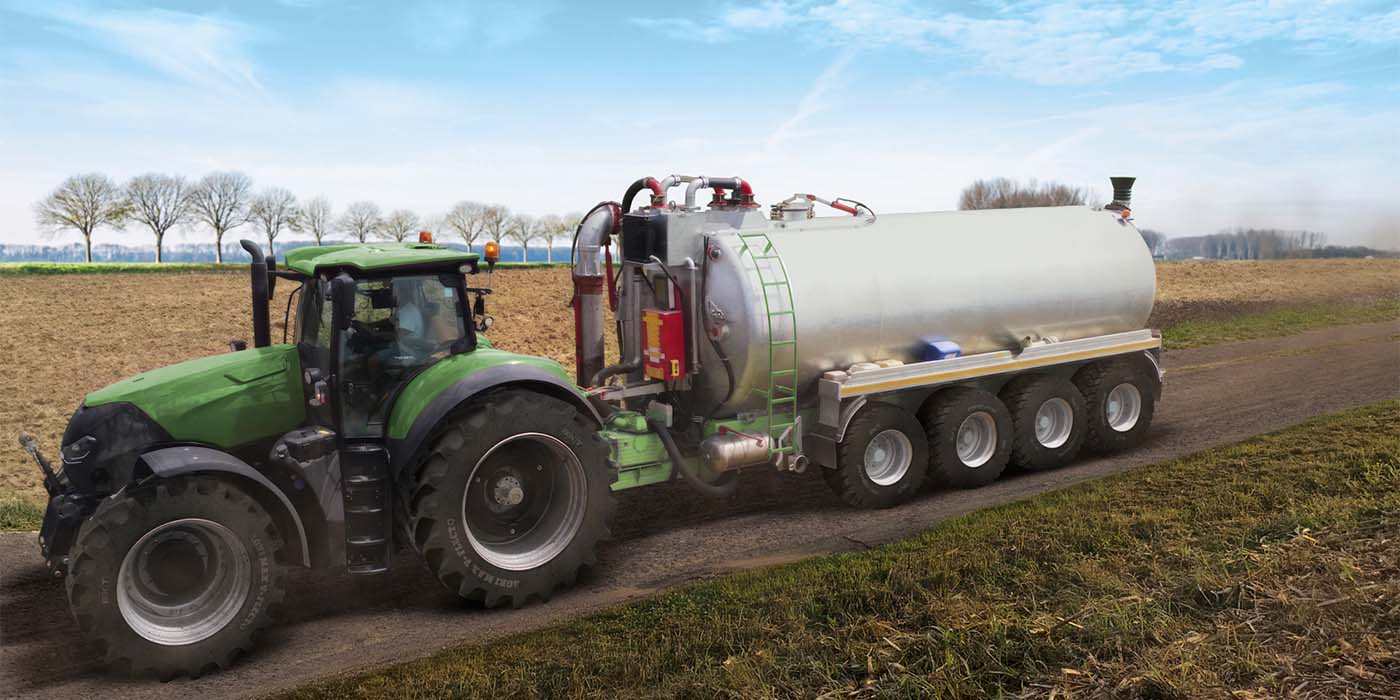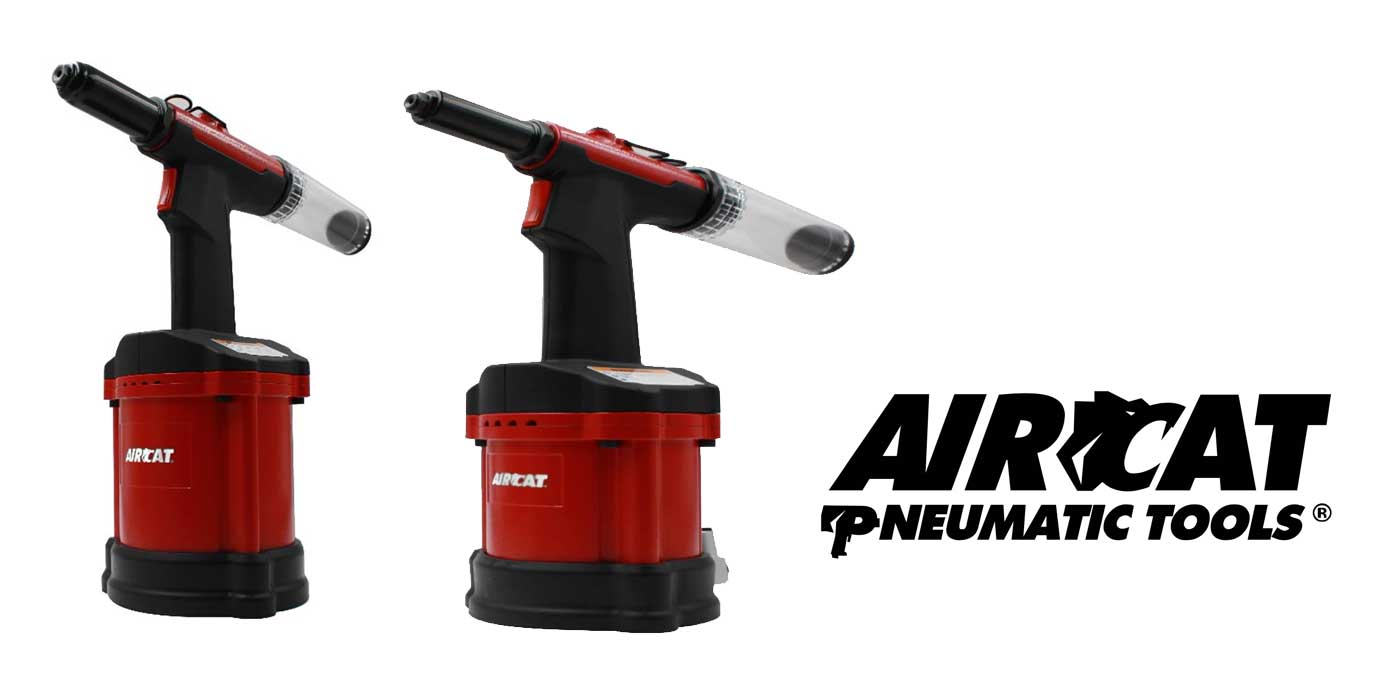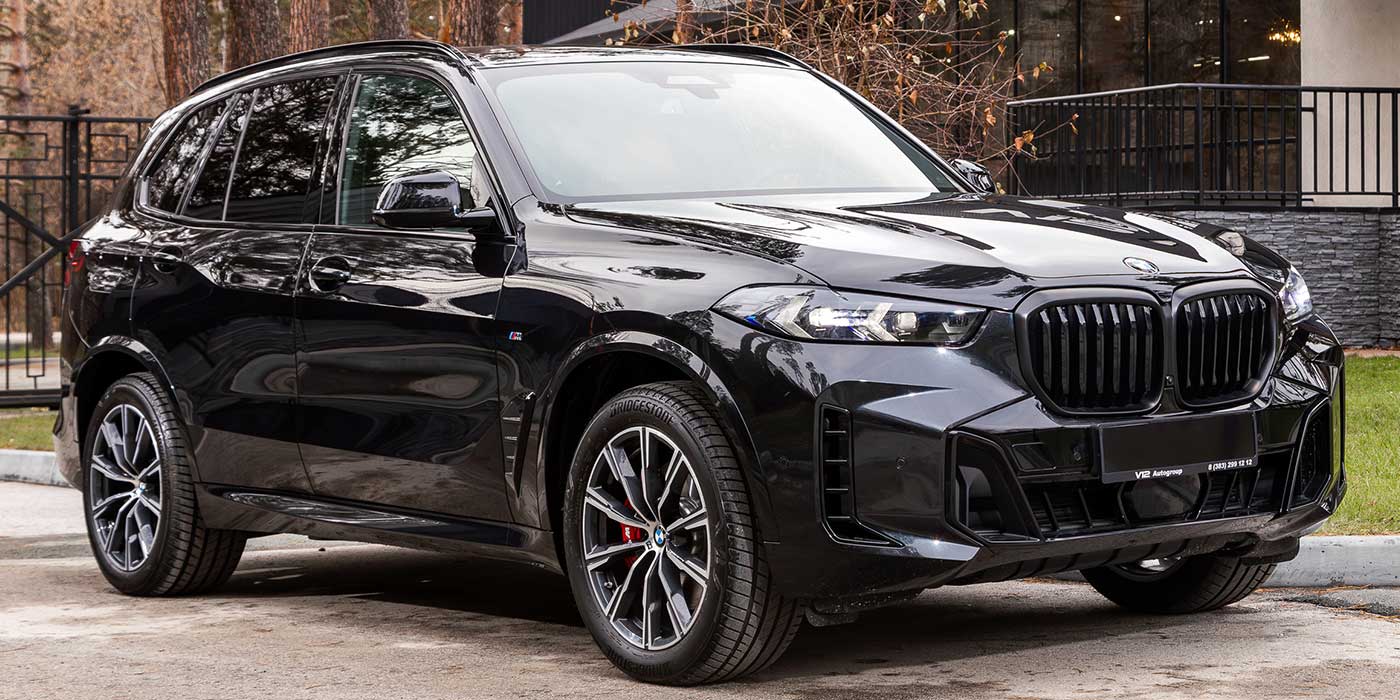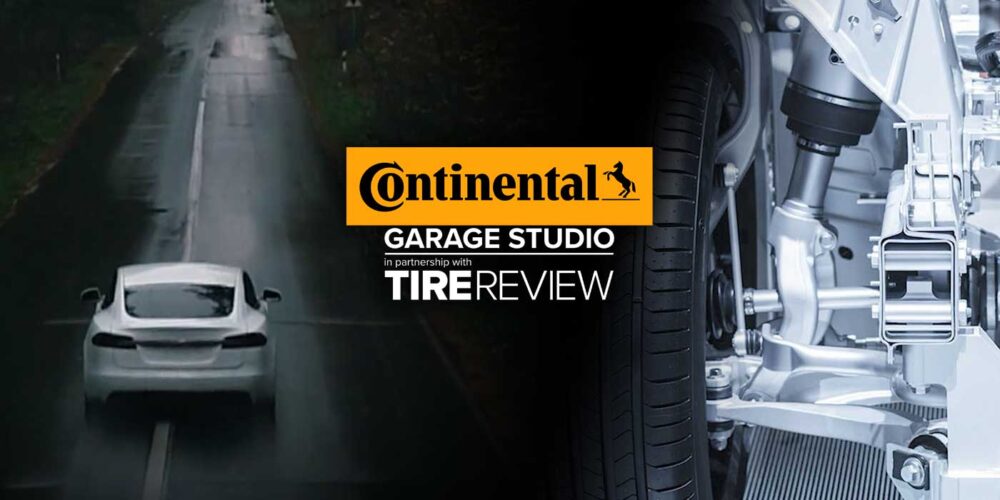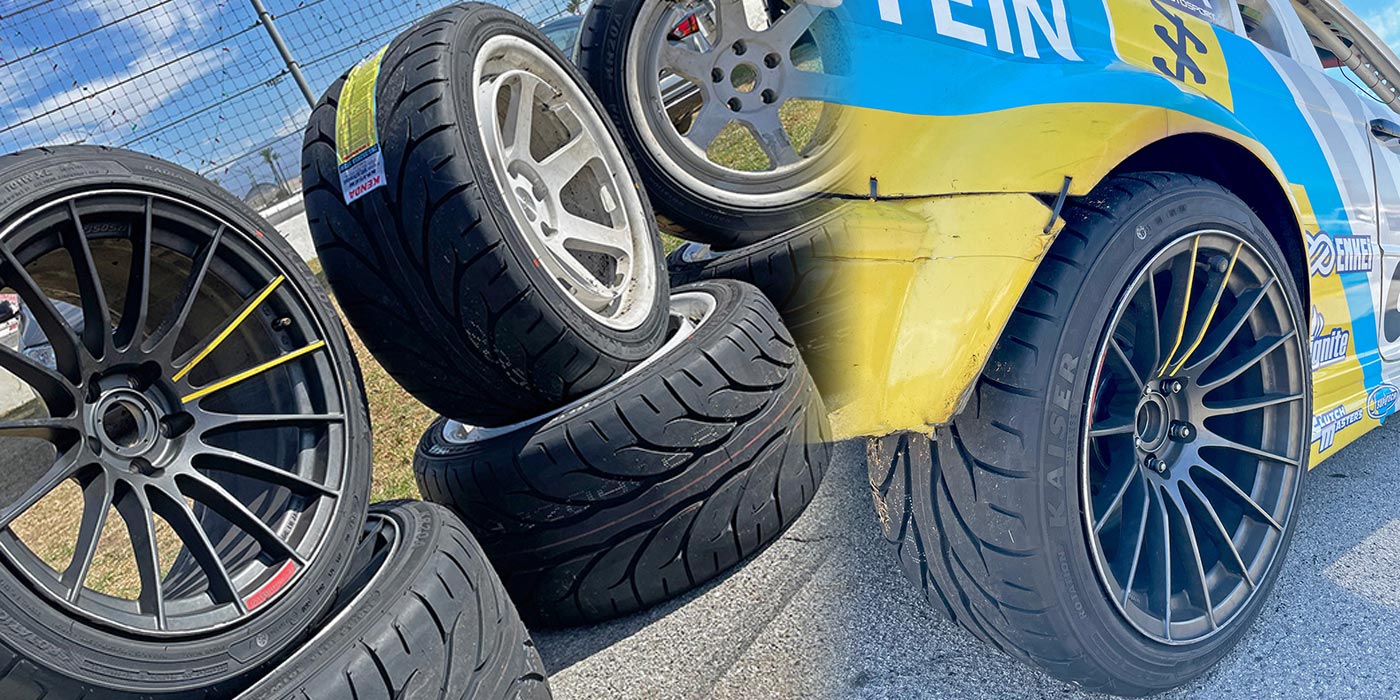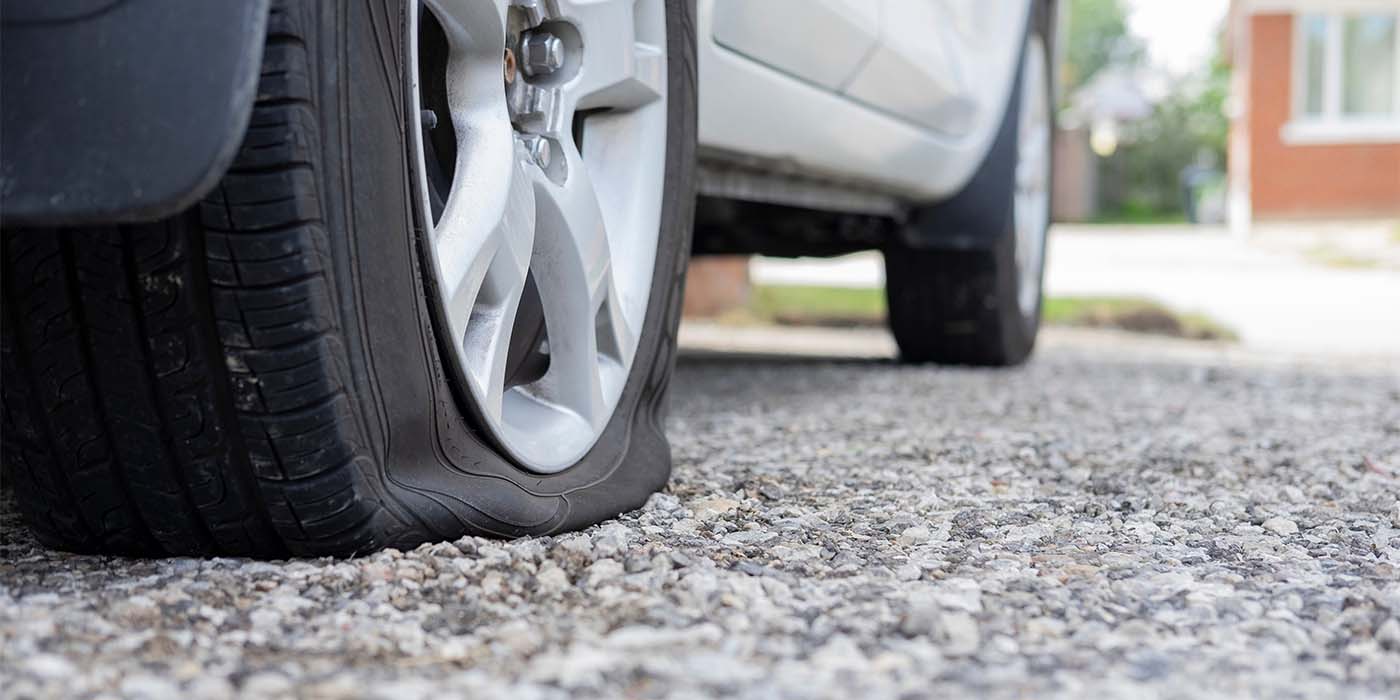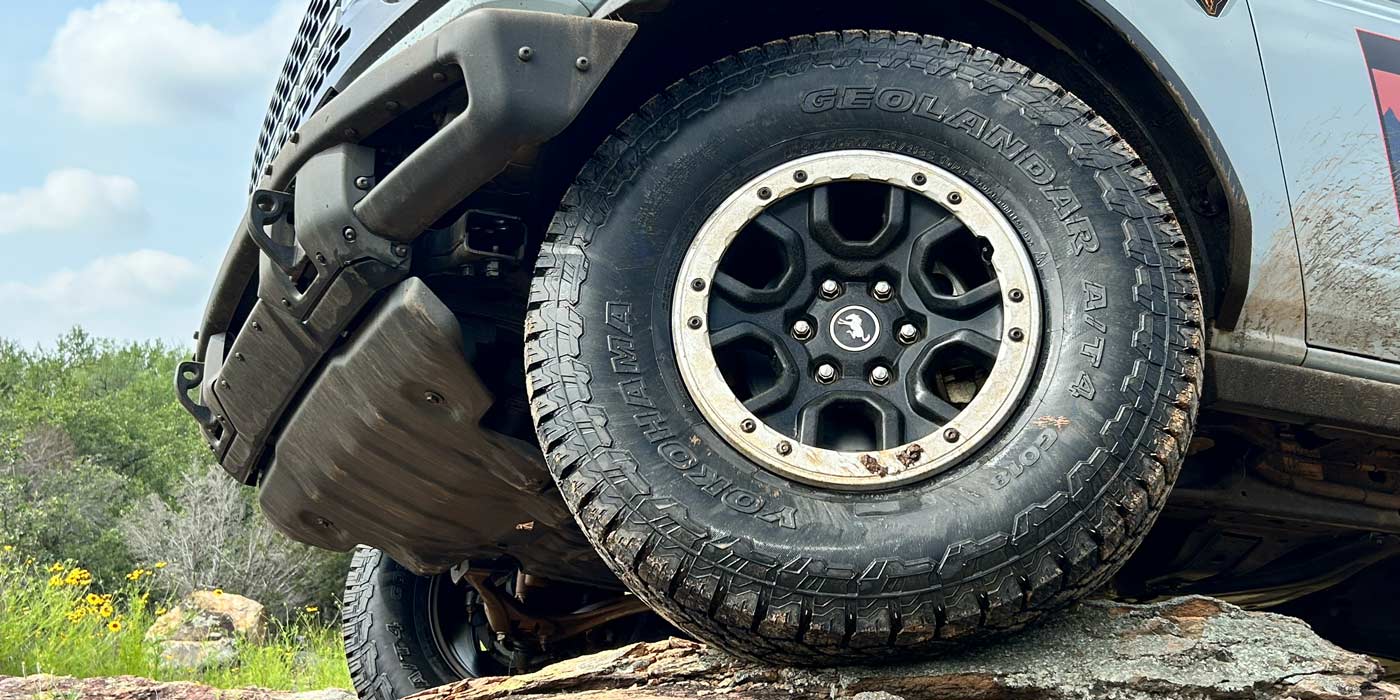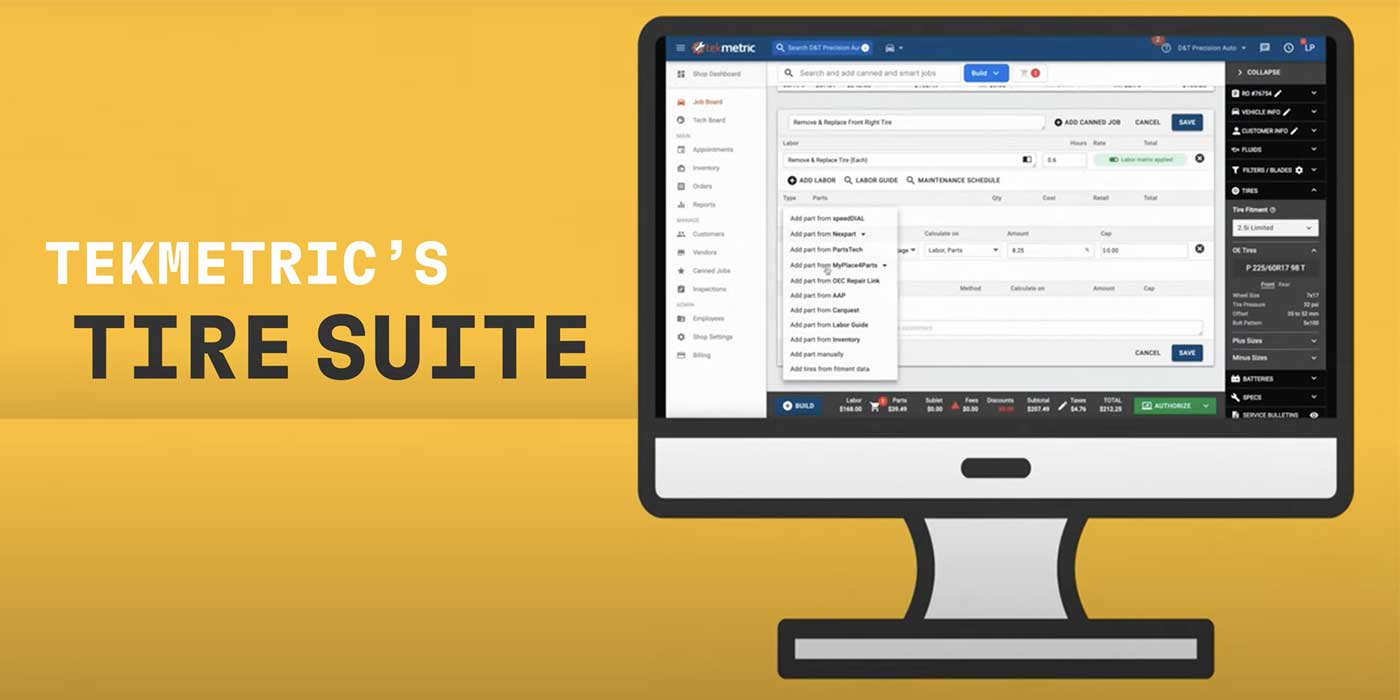The submissions are intended for the new ‘Regulation of the European Parliament and of the Council on Advanced Safety Features and Tyres,’ a regulation that would most likely be used to replace most of the separate safety-related directives that currently come under the vehicle type-approval Framework Directive.
In its response, T&E urges the European Commission to propose, without delay, effective standards to reduce noise emissions from passenger and commercial vehicle tyres. “It must be kept in mind that road traffic noise is first and foremost a serious and widespread public health problem,” reports T&E. “Noise is often at the top of the list of citizen’s concerns over their quality of life and living environment.” The organisation adds that more than 200 million EU citizens are exposed to levels of road noise, the major source of environmental noise in Europe, that potentially pose risks to their health.
At its most basic, T&E warns, road noise “makes Europeans less productive and less healthy.” Measured in more tangible terms, the cost of traffic noise in the European Union (excluding the Baltic States, Cyprus and Malta) is by conservative estimates, claims T&E, around 40 billion euros annually. The position paper states that 90% of these costs are caused by passenger cars and lorries, and under the current regulation, Directive 2001/43/EC, the problem has become even worse.
“The current Directive 2001/43/EC was ineffective even before coming into force,” states the position paper. “It has therefore failed to achieve the aim of protecting the public from the harmful health effects and costs of road noise. The limit values were set so low that almost no tyres were excluded from the market…The current review is already several years overdue, according to the Directive. The proposal from the Commission to bring new standards into force by 2012 represents yet another delay. The European Commission has not yet attempted to justify the inexplicable delay of over a decade to redress this failure.”
The position paper identifies several sources of noise emitted by road traffic: “Tyre/road contact (rolling noise) is the dominant noise source above 40-50km/h on average for light vehicles, and is thus a major source of noise in both urban and interurban traffic.” T&E reports that a “solid consensus” amongst experts has emerged that the use of quieter tyres is by far the most cost-effective method of road noise reduction, and adds that “experts agree that an urgent limit reduction of the order of 5 dB under the test conditions is required.” This is no tall order, claims T&E, as tyre manufacturers easily meet the current limits and the majority of tyres are already at least 3dB quieter, with many substantially better.
Specifically singled out as a problem is the trend toward wider tyres, for which the Commission proposes higher limit values. This trend, according to T&E, can be demonstrated by the fact that over 70% of C1 tyre sales in 2004 were in classes C1a or C1b, meaning up to 215mm, whereas the class 215-245mm (C1c_new) is expected to be most common category by 2010. This pattern is a disturbing one for T&E, who reports a link between increasing tyre noise over time and the growing use of wider tyres (which it further comments are less energy efficient).
The position paper acknowledges the 2007 study conducted by Netherlands based consulting engineers M+P that demonstrated a weak correlation between tyre width and noise emission, in the order of only 1dB per 100mm – far lower than additional noise allowed for in the limits. Therefore T&E states immediately afterwards that it “objects to weaker limit values for very wide tyres,” remarking perhaps cynically that the trend toward wider tyres is “unsurprising” given their profitability and hence the level of marketing they are given. T&E indicates its own preference is for a single effective limit value of 71dB, to which all widths must comply – a measure suggested by the German Federal Environment Agency Umweltbundesamt (UBA).
T&E believes the financial benefits of making our roads quieter will be significant. It claims that an overall reduction of 0.9dB will provide an estimated 48 billion euros in benefits to the EU public over little more than a decade. The potential benefit to the public, it adds, could be as much as 160 billion euros if the proposed limit values for commercial vehicle tyres were introduced. The reduced road noise will cut down expenditure on noise barriers, noise insulation for buildings and healthcare. The position paper proposes that savings could be spent on constructing low-noise road surfaces; however it places a caveat that, while noise reduction would be improved by the use of quieter tyres on quiet road surfaces, addressing the issue of tyres must be given first priority as it offers by far the most favourable cost-benefit ratio.
Concerns that quieter tyres offer compromised safety and fuel efficiency are unfounded, states T&E. The organisation points to the Forum of European National Highway Research Laboratories (FEHRL) study carried out for the European Commission, which shows no significant correlation between tyre noise and safety performance (including wet grip, braking and aquaplaning performance) or between tyre noise and rolling resistance. Other studies, including data from Germany’s UBA, are also reported as showing no correlation between tyre noise and wet grip or aquaplaning.
Importantly, the position paper emphasises that the new technologies required to meet proposed new noise limits are already available, and quiet tyres are even now on the market. The FEHRL study demonstrates, says T&E, that almost half of the tyres sold in 2004 were already 3dB below the 2001/43/EC limit values – and the average noise emission value today is around 3.5dB below the limit value. Therefore, T&E writes that any new limit values, particularly as they are not planned to come into force until 2012, must therefore be “sufficiently challenging in order to have any effect on industry innovation, or more importantly, on overall road noise levels.” The introduction of ineffective limit values must not be allowed to happen again, it cautions. Instead, limit values that remove the noisiest models from the market and stimulate further innovation must be implemented.
A further measure called for in the position paper is the noise labelling of tyres, as is already the practice for some household products. The organisation advocates, in all market segments – and for all models including light and heavy vehicle tyres, and retreaded tyres – harmonised European labelling as “a basis for national (fiscal) incentive schemes to promote environmentally-friendly products.” The label should also serve, says T&E, as a basis for European or national awareness raising campaigns on road noise.
The position paper highlights the almost complete current absence of any information available to consumers, OE purchasers or public procurement officers on differences between tyre noise levels; the only exception, the Nordic Swan label, is described as being “ineffective” due to its requirement for a minimum noise emission identical to 2001/43/EC. The result is, reports T&E, that on top of the lack of effective regulation, there is no opportunity to demonstrate consumer demand for the quieter models. For these reasons the position paper states that tyre manufacturers have never before been given an effective incentive to optimise noise performance to the extent of other criteria.
In conclusion, T&E welcomes the Commission’s proposal to tackle tyre rolling noise, however it warns that action on tyres will ultimately not be sufficient and therefore the organisation strongly advocates standards for low-noise road surfaces. Currently available technology, the organisation claims, could easily equate to a 5dB reduction in road noise levels, with a very positive benefit-cost ratio. Continued research and development, notably supported by the European Commission under the Seventh Framework programme, is necessary in order to achieve the realistic target to reduce traffic noise by 10dB through source measures in the near future, adds T&E.
The organisation is keenly aware that real reductions in road noise can only be made on the back of regulations containing sufficient bite, and thus calls upon the European Commission to recognise the importance of ensuring the limits and policy it decides upon are effective: “Directive 2001/43/EC comprehensively failed to reduce tyre noise as the standards were too lax and did not push manufacturers towards production of quieter tyres,” states the position paper.
“The tyre industry has been forewarned since 2001 that more effective tyre rolling noise standards would be introduced. It is important to recognise that the proposed standards in this regulation will therefore represent the first time that the tyre industry will be faced with challenging requirements that will have an impact on product design. Tyre manufacturers have never before had any incentive to optimise noise performance of tyres at the same time as other characteristics which are demanded by regulation or the market: safety, durability, rolling resistance.”



